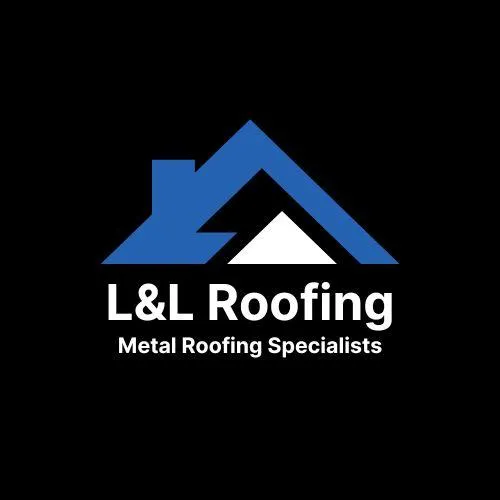
Single Ply Roofing Drain Installation: What Homeowners in Gainesville Need to Know
Single Ply Roofing Drain Installation: A Practical Guide for Gainesville Homeowners
Installing a single ply roofing system? Don’t overlook the drainage. Improper drain installation is one of the top reasons flat and low-slope roofs fail—especially here in Georgia, where we see heavy rainfall and humid conditions. At L&L Roofing & Construction, we’ve seen it all, and we’re here to make sure you don’t.
Here’s what every homeowner in Gainesville and the surrounding communities needs to know about single ply roof drain installation.
Why Drainage Matters for Single Ply Roofing
Single ply systems—like TPO, PVC, and EPDM—are common for flat or low-slope roofs. While these membranes are great for waterproofing, they rely heavily on the drainage system to function properly.
If water doesn’t drain correctly, here’s what can go wrong:
Ponding water that leads to membrane deterioration
Roof deck rot from prolonged moisture exposure
Interior water damage and mold issues
Voided warranties due to improper installation
Drainage isn’t optional. It’s mission-critical.
The Right Way to Install Drains on Single Ply Roofs
Here’s how we handle it at L&L Roofing:
1. Choose the Right Drain Type
We use:
Internal drains with custom-fabricated scuppers
Sump pans to lower the drain and encourage water flow
Overflow drains as a backup system (code required in most counties)
We ensure all components are code-compliant and properly sized based on the square footage of your roof.
2. Seal the Drain Assembly
Using manufacturer-approved sealants and membranes, we flash and weld the drain connections into the single ply membrane. No shortcuts. No cross-brand components that void warranties.
3. Test the Drainage System
Before we leave a job site, we:
Water test the primary and overflow drains
Confirm that water is moving off the roof within 48 hours after rainfall (per building code requirements)
How We’ve Helped Local Homeowners
We recently installed a TPO roof with internal drains in Creekside Estates in Cumming. The homeowner was dealing with frequent ponding and interior leaks before calling us. Our team installed a custom-fabricated drain system with high-temp boots and heat-welded seams. Since the install? Not a single leak, even during storm season.
FAQ: Single Ply Roofing & Drainage
How do I know if my single ply roof drains are failing?
Watch for:
Water pooling longer than 48 hours after a storm
Stains on ceilings or bubbling drywall
Vegetation or algae growing on your roof
Can I add overflow drains after the roof is installed?
Yes, but it’s much easier and cleaner to install them during the initial job. Retrofitting is possible, but it often involves cutting and patching the membrane.
Are internal drains better than scuppers?
Not necessarily. Internal drains are hidden and can be more efficient, but scuppers with downspouts are a good option for certain flat roofs—especially those with parapet walls.
Trust L&L Roofing to Get It Done Right
If you're investing in a single ply roof, don’t gamble on drainage. Our team has installed hundreds of TPO and PVC systems across Gainesville, Cumming, Buford, Dahlonega, and Flowery Branch. We treat every roof like it’s protecting our own family.
Call us at (770) 874-0372 or visit llroofs.com to schedule a free inspection.

